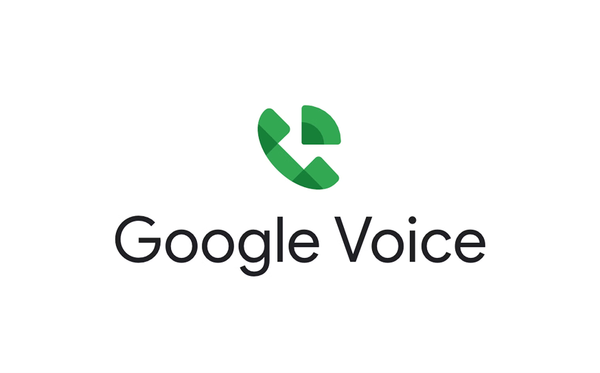6 Smart Ways to Save Money as a Small Business Owner (Without Sacrificing Quality)

Smart strategies to reduce overhead, streamline operations, and boost profit -without sacrificing quality or customer experience.
Running a small business often means walking a financial tightrope—balancing service quality with limited resources. But cutting costs doesn’t have to mean cutting corners. With the right systems and mindset, you can run lean without compromising your customer experience or team morale.
Here are 6 smart ways to save money as a small business owner - each one designed to lower expenses without lowering your standards.
1. Audit Your Monthly Tools & Subscriptions
Savings area: Software tools, SaaS
Many small businesses sign up for digital tools they rarely use or end up paying for features or seats they don’t need. Over time, these "silent subscriptions" quietly chip away at your profit margin.
Do a quarterly audit and ask:
- Are we using all the features we’re paying for?
- Is there one tool that could replace two?
- Is the pricing aligned with our usage?
📌 Pro Tip: Look for tools that charge based on how much you actually use, not just per user. For example, Ringo (business phone solution) offers a flexible pricing model where you only pay for customer conversations - perfect for small businesses with seasonal swings or fluctuating demand. If no conversations happen, you don’t pay. It’s ideal for staying lean without sacrificing communication quality.
2. Automate the Repetitive - And Let AI Handle the Rest
Savings area: Time, admin costs
Automation has grown from simple scheduling tools to powerful AI-driven workflows. Today, small businesses can combine task automation and AI to eliminate repetitive work, reduce errors, and free up team time for more valuable tasks.
- Use Zapier to automate app workflows like lead capture or customer notifications.
- Try Calendly for hassle-free appointment scheduling.
- Experiment with AI tools like Jasper or ChatGPT to draft replies, summarize emails, or create content faster.
According to McKinsey’s 2023 research, combining generative AI with other automation tools could add between 0.5 to 3.4 percentage points to productivity growth annually through 2040.
For small teams, this isn’t a nice-to-have, it’s a strategic advantage.
3. Shift from Hourly to Outcome-Based Contractors
Savings area: Labor, outsourcing
Why pay for time when you can pay for results? By moving from hourly to outcome-based contracts, small businesses can lower labor costs, speed up delivery, and ensure more accountability.
Platforms like Upwork and Fiverr let you hire based on deliverables, not just hours worked - perfect for design, content, admin, and tech support.
4. Utilize Free and Low-Cost Digital Tools
Savings area: Software, operations, admin tools
There are plenty of free or low-cost tools that do exactly what expensive software does - without the hefty price tag. From project management to design, your business can stay efficient without overspending.
Statistic: Fleximize's 2023 report lists several free tools that aid in accounting, project management, and marketing
Tools to try:
5. Go Remote or Hybrid Where It Makes Sense
Savings area: Office space, operations
Remote or hybrid work isn’t just flexible, it’s a huge opportunity to reduce fixed costs. Even if you're a service business, support, admin, and marketing roles can often be done remotely.
According to Forbes (2024), businesses save up to $11,000 per year per employee who works remotely at least half the time.
Helpful tools:
6. Leverage SMS and Email Instead of Paid Ads
Savings area: Marketing budget
Why spend thousands on paid ads when you can drive results with owned channels like SMS and email - tools you already control?
- Use SMS for flash sales, reminders, and last-minute openings
- Use email for campaigns, reviews, and upsell offers
SMS has a 98% open rate, and email marketing delivers $36 return for every $1 spent
Tools to explore:
- Mailchimp for automated email campaigns
- Ringo for text broadcasts to multiple customers, helping re-engage your audience and bring them back without spending on ads
Final Thoughts
Saving money as a small business owner isn’t about slashing budgets - it’s about being intentional with every dollar. These seven smart strategies help you cut costs, reduce overhead, and boost profit, without sacrificing quality.
Even small changes can lead to big savings over time. The key is to stay lean, stay strategic, and stay focused on what actually moves your business forward.





